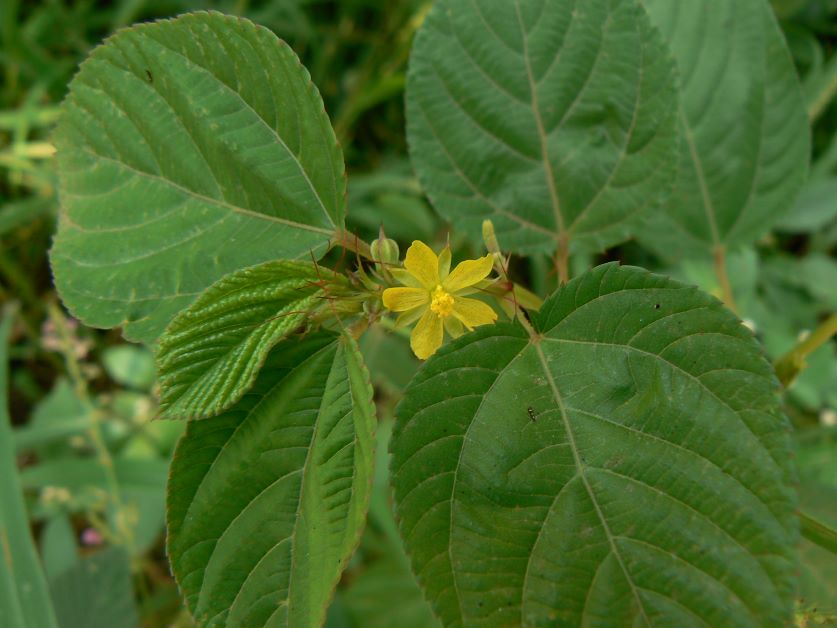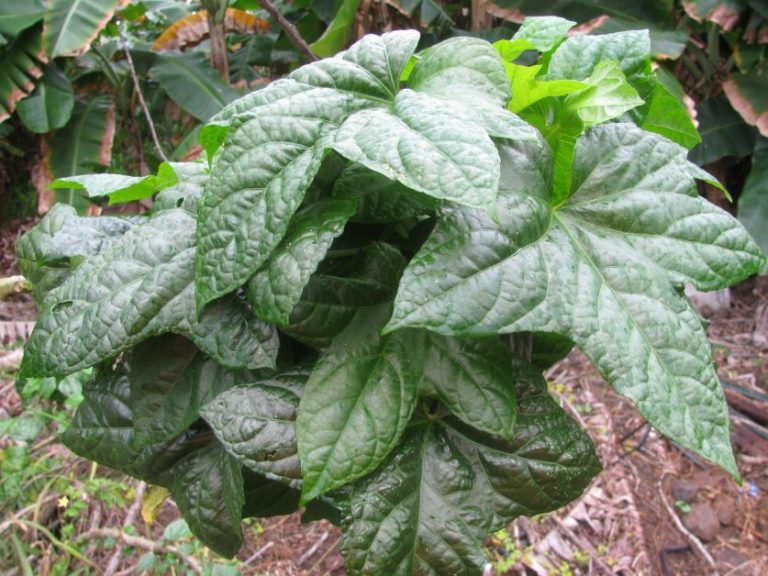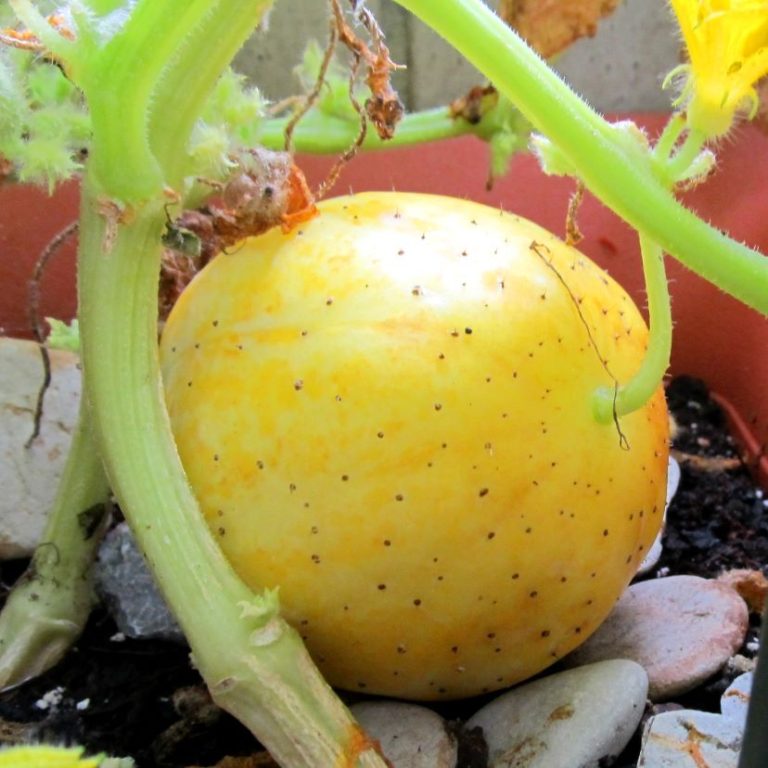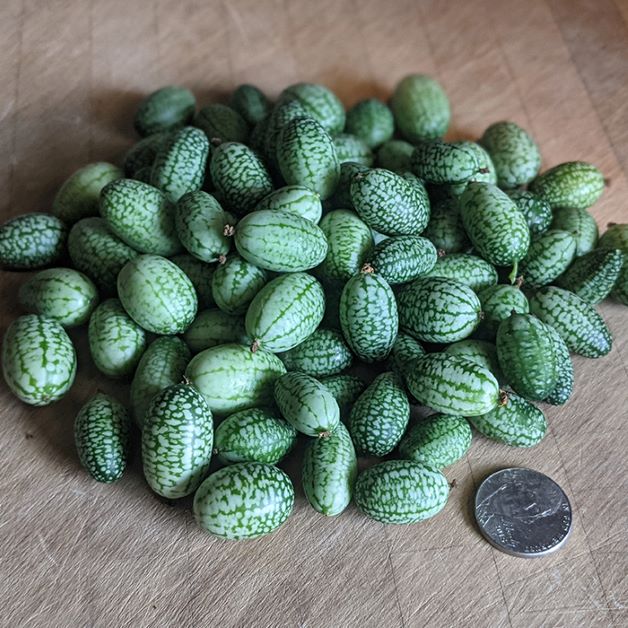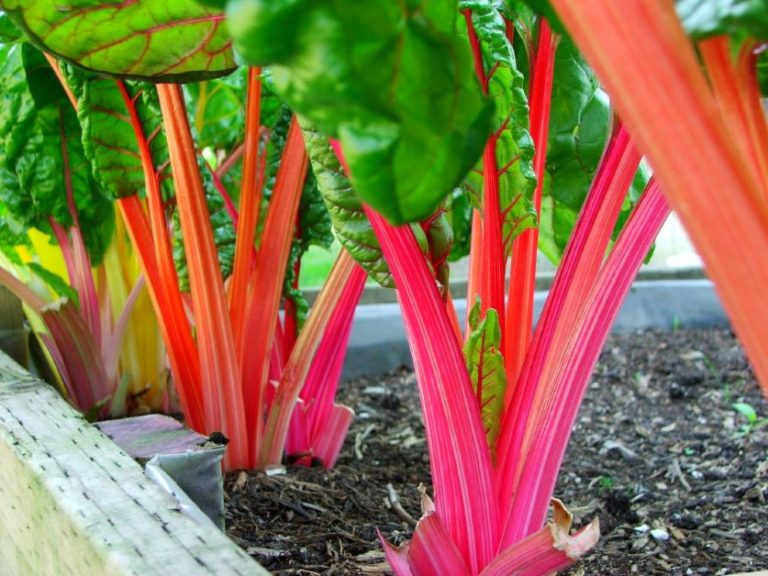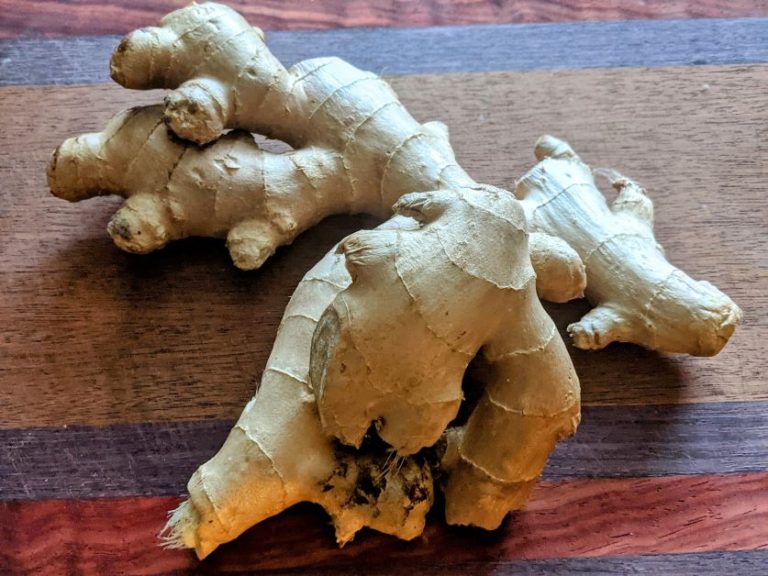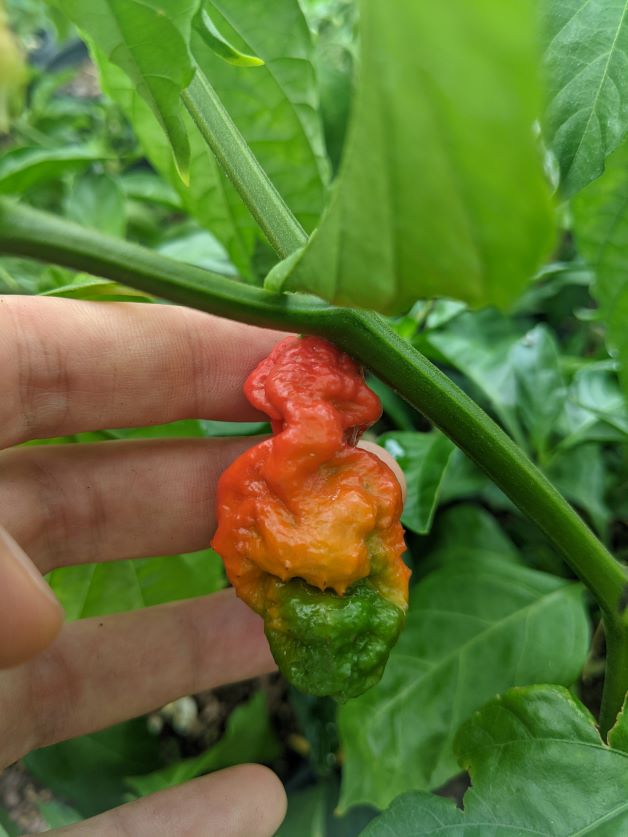How to Grow Egyptian Spinach
Egyptian spinach grows really well in Central Florida…almost too well. Late this summer, I took a couple of dried pods saved from last season and sprinkled them haphazardly around my beds. I didn’t expect much to come out of it, but now I have Egyptian spinach plants growing out the yin yang. I have to thin it almost daily, lest it crowd out other stuff I’ve got growing.
I’m not complaining, though. Egyptian spinach is delicious and is a great replacement for traditional greens that can’t take the Florida heat. It also grows a tasty little pod that’s a lot like okra if you eat them while they’re young.
Whether you’re new to gardening or a practiced green thumb, learn how to grow Egyptian spinach and you’ll find summer green success.
What is Egyptian Spinach?
What we’re talking about is Corchorus olitorius, but the two most common names for this plant are Egyptian spinach and molokhia. It’s also called Jew’s mallow, tossa jute, nalta jute, bush okra, and West African sorrel.
Egyptian spinach comes from Africa or Asia, the consensus is still out. This plant is primarily grown to eat, but some parts of Asia use the bark to make a coarse fiber called jute. Yarn, twine, cord, carpet backing, and strings are all made from jute.
Some people say this is an annual, some say it’s a perennial. It self-seeds and I always have a few plants pop up on their own each season. For this reason, I’d say that this is a perennial, at least in Central and South Florida.
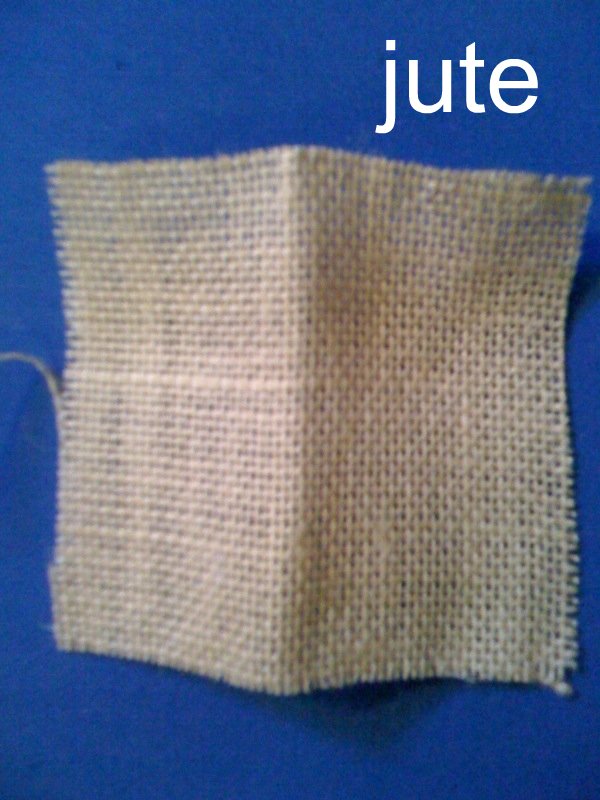
Egyptian Spinach Growing Zone
While it’ll grow just about anywhere, Egyptian spinach is perfect for zones 9-11. This is because it’s is more heat-tolerant than other greens. In the event that your Egyptian spinach does bolt due to warm weather, it’ll produce tasty edible pods.
Central and South Floridians have two growing seasons for Egyptian spinach – fall and spring. Direct sowing is easiest. Those in North Florida and other cooler weather climates can only grow in the spring and into the summer. Instead of direct sowing, gardeners above zone 9 should start their seeds indoors about 6 weeks before the last frost.
How to Grow Egyptian Spinach from Seed
Some resources report that you need to soak your seeds in hot water before planting to break their dormancy, but I haven’t found this to be the case. I just scatter them around my garden beds and gently cover them with a fine layer of soil so that they don’t get blown away. A few days later and they’ve germinated.
If you use the scattering method, you’ll need to thin the plants as they get bigger so they don’t choke each other out. Egyptian spinach gets a bit bushy, so give each plant about 12 inches of space.
It only takes 60 days from seed to harvest. At the end of the season, let some of the pods mature on the plant. When they’re completely dry and brown, pick them – these will be the seeds you plant the next season.
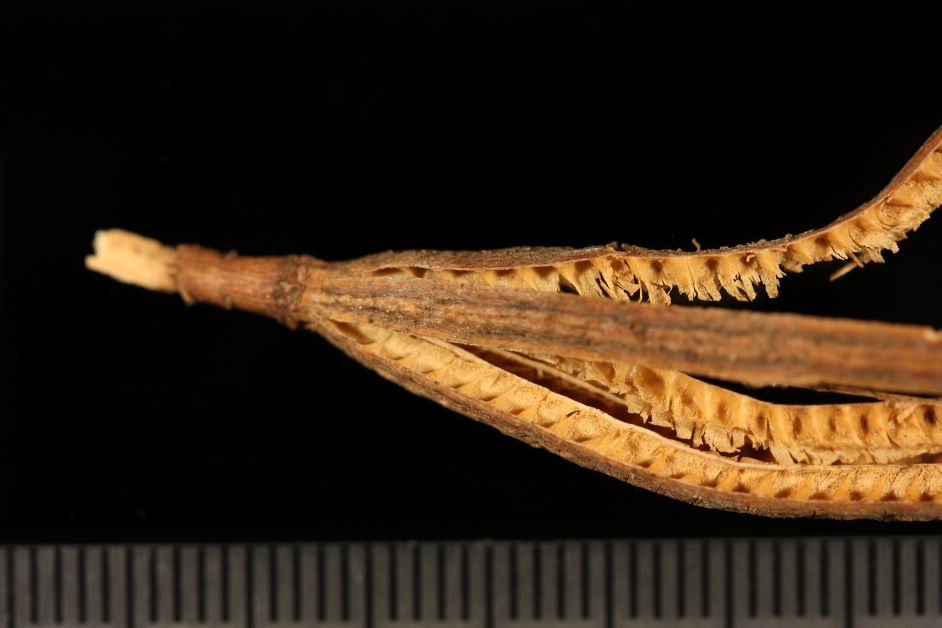
Egyptian Spinach Growing Conditions
Light
Egyptian spinach is a full sun plant.
Temperature
The ideal temperature range for Egyptian spinach is 63F to 81. It’ll grow in higher temperatures but like all greens, the hotter it is, the quicker it’ll bolt.
Soil
Egyptian spinach prefers fertile soil, but it’ll do fine in sandy soil, too. As with many tropicals, the most important thing is that your soil is well-draining.
Use a soil testing kit to check your pH. Egyptian spinach needs a pH of 4.5 to 8.2. The lower the number, the more acidic your soil is. If you need to lower the pH, add organic elemental garden sulfur. If you need to raise the pH, use organic garden lime.
Water
Egyptian spinach likes a moderate amount of water. Don’t overwater but don’t keep them too dry, either. If they look wilted, water them. If the soil around them is soggy, let them dry out.
How to Harvest Egyptian Spinach
Harvesting is easy – you can either top your plants and pluck the leaves off the cut stems, or you can harvest leaves from the plant as it grows. The youngest leaves are the tastiest and the most tender.
After your Egyptian spinach bolts, the flowers will turn into pods. Young pods are delicious and are what are known as bush okra. Just be sure to pick them when they’re young as they do get woody the longer they grow.
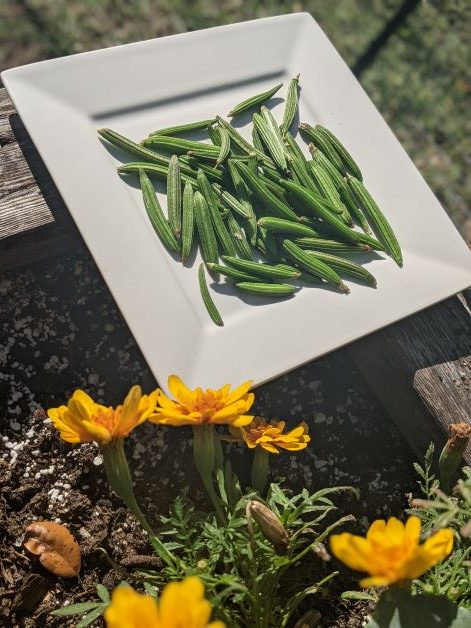
Troubleshooting
In my experience, Egyptian spinach is low maintenance and pest resistant.
Some gardeners report problems with caterpillars, mites, and nematodes. You can use BT Monterey for an organic solution to a caterpillar infestation, but make sure to wash your greens well before you eat them. BT Monterey is a naturally occurring, non-toxic bacteria.
How to Use Egyptian Spinach
Egyptian spinach tastes a lot like a milder version of traditional spinach. Young leaves are great in salad, while older leaves are a little tough and better cooked. Chopped Egyptian spinach leaves are also the main ingredient in Molokhia soup.
Don’t forget to eat the young, tender pods. Sautee them in butter, salt and pepper until they’re a little soft (but not mushy) and enjoy them like you would okra.
What Greens Grow During the Summer?
You need to be selective when growing leafy greens during the summer. Most traditional lettuces and spinach get bitter and bolt when the weather is too hot.
The best way to guarantee summer green success is to grow tropical plants. To learn more about other greens that grow in hot weather, check out my article 18 Best Greens to Grow in Florida During Summer.
Featured photo credit: Dinesh Valke
Disclaimer: Offbeet-gardener is reader-supported. At no extra cost to you, I get commissions for purchases made through links in this post.

